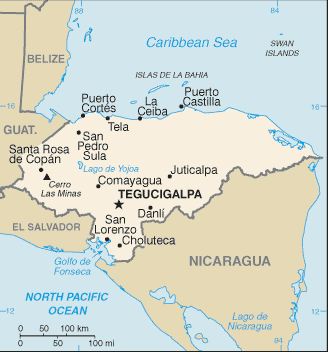Investing in Honduras


Honduras, the second poorest country in Central America, suffers from extraordinarily unequal distribution of income, as well as high underemployment. While historically dependent on the export of bananas and coffee, Honduras has diversified its export base to include apparel and automobile wire harnessing. Nearly half of Honduras's economic activity is directly tied to the US, with exports to the US accounting for 30% of GDP and remittances for another 20%. The US-Central America Free Trade Agreement (CAFTA) came into force in 2006 and has helped foster foreign direct investment, but physical and political insecurity, as well as crime and perceptions of corruption, may deter potential investors; about 70% of FDI is from US firms. The economy registered sluggish economic growth in 2010, insufficient to improve living standards for the nearly 60% of the population in poverty. The LOBO administration inherited a difficult fiscal position with off-budget debts accrued in previous administrations and government salaries nearly equivalent to tax collections. His government has displayed a commitment to improving tax collection and cutting expenditures, and attracting foreign investment. This enabled Tegucigalpa to secure an IMF Precautionary Stand-By agreement in October 2010. The IMF agreement has helped renew multilateral and bilateral donor confidence in Honduras following the ZELAYA administration's economic mismanagement and the 2009 coup.
Central Bank of Honduras - http://www.bch.hn/
Instituto Hondureno del Cafe - http://www.cafedehonduras.org/
Countries that border Honduras: Guatemala | El Salvador | Nicaragua
Learn more:
Back to Country Investing



